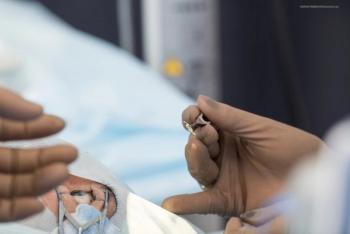
Pattern electroretinography (PERG) and visually evoked potential (VEP) tests can objectively evaluate the function of axion and retinal ganglion cells. These test results can add another component in successfully treating patients with cataract and/or glaucoma.




.png)


